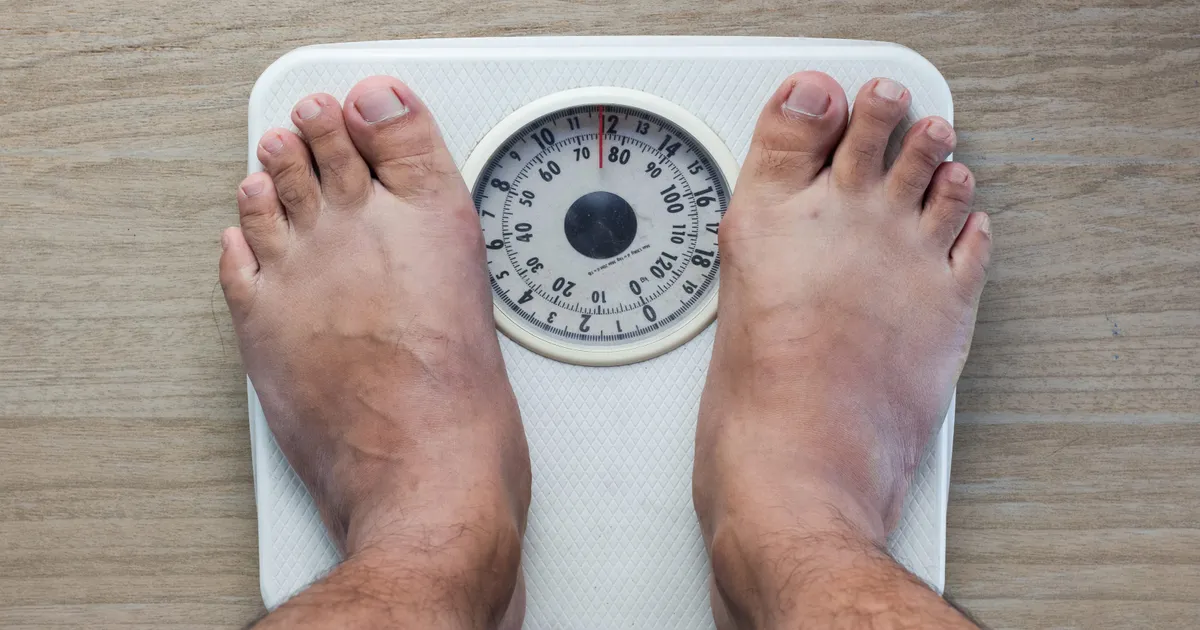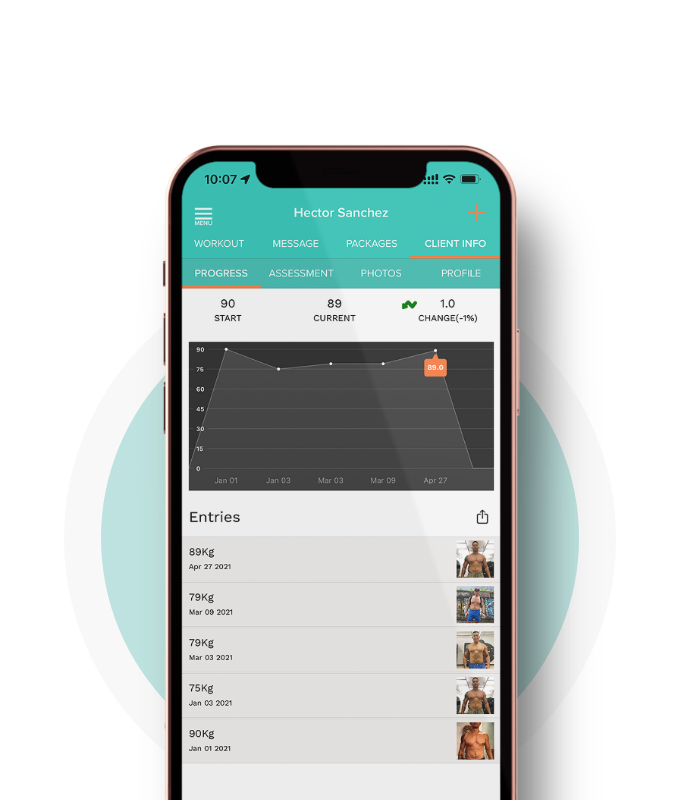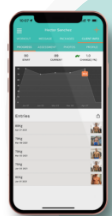How to Create an Effective Weight Loss Training Program for Your Personal Training Business
As a personal trainer, one of the most common goals that your clients may have is to lose weight. While there is no one-size-fits-all approach to weight loss, there are several key components that should be included in any training program designed to help your clients shed excess pounds. In this article, we will provide a comprehensive guide for personal trainers on how to design effective training programs for weight loss.
First and foremost, it's important to understand that weight loss is not just about burning calories in the gym. In order to achieve sustainable weight loss, your clients will need to make changes to their diet and lifestyle as well. That being said, exercise can play a crucial role in helping your clients lose weight by increasing their energy expenditure, improving their metabolism, and building lean muscle mass.
One of the most effective ways to burn calories and promote weight loss is through cardio exercise. Cardio, short for cardiovascular exercise, refers to any activity that raises the heart rate and increases blood circulation. Some examples of cardio exercises include running, cycling, swimming, and rowing. When designing a training program for weight loss, it's important to include a variety of cardio exercises to keep your clients' workouts interesting and to target different muscle groups.
In addition to cardio, resistance training can also be an important component of a weight loss training program. Resistance training, also known as strength training or weight lifting, involves using weights or other forms of resistance to challenge the muscles. Not only does resistance training help build lean muscle mass, which can improve metabolism and contribute to weight loss, it can also help improve bone density and reduce the risk of injury.
When designing a resistance training program for weight loss, it's important to choose exercises that challenge multiple muscle groups at once, such as squats, lunges, and push-ups. It's also important to progressively increase the intensity of the workouts by increasing the amount of weight used or the number of reps performed.
In addition to cardio and resistance training, nutrition is another key component of any weight loss program. While exercise is important for burning calories and improving metabolism, the food that your clients eat will ultimately determine their weight loss success. Helping your clients make healthy nutrition choices and develop healthy eating habits is crucial for achieving sustainable weight loss.
Some tips for helping your clients make healthy nutrition choices include:
-
Encourage them to eat a balanced diet that includes a variety of whole, unprocessed foods, such as fruits, vegetables, whole grains, lean proteins, and healthy fats. You can find more information on healthy eating guidelines at https://www.eatright.org/ and https://www.mayoclinic.org/.
-
Help them plan their meals and snacks in advance to ensure that they are making healthy choices throughout the day.
-
Encourage them to drink plenty of water, as hydration is important for weight loss and overall health.
-
Encourage them to limit their intake of added sugars, sodium, and unhealthy fats, and to choose whole, unprocessed foods instead of processed, packaged foods.
-
Help them track their food intake using a food diary or a nutrition tracking app to ensure that they are meeting their caloric and nutrient needs. MyFitnessPal is a popular nutrition tracking app that can help your clients track their food intake and make healthy nutrition choices. You can find more information at https://www.myfitnesspal.com/.
When designing a weight loss training program for your clients, it's important to consider their individual needs, goals, and preferences. Some clients may prefer to focus on cardio, while others may be more interested in resistance training. It's also important to keep in mind that weight loss is a process, and it's normal for progress to be slow at times. Encourage your clients to be patient and to focus on the progress they have made, rather than the scale.
In conclusion, designing a training program for weight loss requires a combination of cardio, resistance training, and nutrition. By including a variety of exercises and helping your clients make healthy nutrition choices, you can help them achieve their weight loss goals in a sustainable way.
In addition to the exercises and nutrition considerations mentioned above, it's also important to consider other factors that may impact your clients' weight loss journey. For example, stress and lack of sleep can both negatively impact weight loss efforts, so it's important to encourage your clients to prioritize stress management and sleep hygiene. You can find more information on stress management and sleep hygiene at https://www.mayoclinic.org/ and https://www.cdc.gov/.
Another important factor to consider is your clients' motivation and mindset. Helping your clients set realistic, achievable goals and providing them with the support and encouragement they need can help them stay motivated and on track.
When designing a weight loss training program for your clients, it's important to be flexible and open to adjusting the program as needed. As your clients progress, you may need to adjust the intensity, duration, or frequency of their workouts to continue challenging them and promoting progress. It's also important to be open to modifying your clients' nutrition plans as needed, based on their progress and any changes in their goals or preferences.
In summary, designing a training program for weight loss requires a holistic approach that takes into account your clients' needs, goals, and preferences. By including a variety of cardio, resistance training, and nutrition strategies, you can help your clients achieve their weight loss goals in a sustainable and healthy way.




